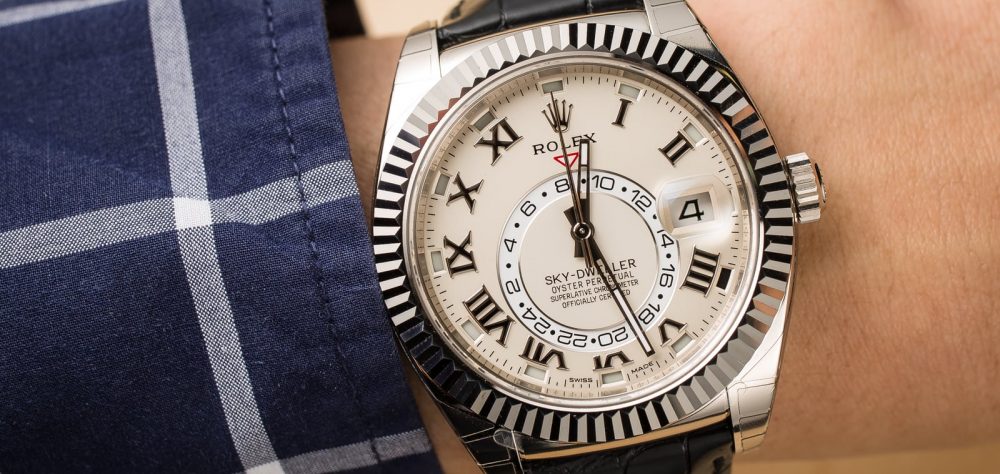
Châtelain factory in Le Crêt-du-Locle © Chanel Replica Watches
Despite its low profile, the company is one of the most important suppliers of external parts to Swiss watchmakers. Since 1993 it has been wholly owned by Chanel, for which it manufactures and repairs every model of Replica Watches UK. Which doesn’t prevent it from working for a dozen other clients. “It” is Châtelain, a business located in Le Crêt-du-Locle, in the canton of Neuchâtel, whose specialisations include high-tech ceramic.
While it would be an exaggeration to say that ceramic is commonplace in watchmaking, recent years have seen a number of brands use this material; sometimes to manufacture movement parts such as ball bearings for the barrel, but mostly to produce the more visible, external parts: cases, bezels and bracelet links. Two brands stand out: Rado and Chanel whose famous J12 collection from the outset used ceramic developed and produced by Châtelain.
A secret formula

The company was established in 1947 and since 1993 has been wholly owned by the Parisian luxury firm. It employs some 340 people. Châtelain does more than just specialise in the manufacture of ceramic: it is, together with Comadur (Swiss Rolex Replica watches Group), one of the handful of companies in Switzerland to master this highly technical process. The J12 adventure began in Le Crêt-du-Locle in 2001 with the first developments. The first series-produced components followed six years later, in 2007. Even though processes are all finely honed, the company continues to conduct research and make improvements. “It’s the only way to stay ahead when working with materials,” comments managing director Philippe Marti. “We’ve been doing a lot of work lately on new renditions, such as mat ceramic. We’re also developing different polishing techniques and new tools for our machines.”
But what exactly is ceramic, and how is it formed? Manufacturing ceramic is a combination of metallurgy and chemistry. Various compounds and manufacturing processes exist: Châtelain uses the injection-sintering technique. Ceramic starts out as a granular powder of zirconia and “pixie dust”, to borrow Philippe Marti’s tongue-in-cheek description. In reality, a binder that each manufacturer keeps a closely-guarded secret. The final ingredients in this magic formula are the pigments that will give the ceramic the desired colour. White, black and grey are currently the most widespread shades, given the difficulties inherent in finding a colour that will withstand the high firing temperatures.
A noble material
The next stage is to form the ceramic. The powder is heated then injected into a mould corresponding to the required part. Interestingly, at this stage the part in question is 20% larger than its final dimensions… excess baggage that it will lose as the process advances. Indeed, after injection the ceramic goes through an evaporation phase, then an initial firing (sintering) at 350°C. This is followed by a second firing at 1,000°C to agglomerate and harden the compound. To outsiders, this can seem a long and complex process, spread over several days, but it does present a major advantage: the part comes out of the kiln in its finished state, albeit a little rough around the edges. No machining is required, simply a polish.

Not that there is anything “simple” about this next stage. Whether polishing or any of the previously described operations, manufacturing ceramic requires highly specific and subtle expertise, is costly and consumes vast amounts of energy. In fact when we toured the Châtelain factory, we couldn’t help wondering if the end really justified so many means. A question that made Philippe Marti smile. “You only need look at the product to find the answer,” he replied. “The J12 is an immense success. Like all the objects which, each in their own way, contribute to the wealth of Swiss watchmaking today, its unique qualities set it apart, not least how it makes use of ceramic. Ceramic is a truly noble material. It’s not that fragile, it doesn’t alter over time, and can be safely worn against the skin without any risk of reaction.”
